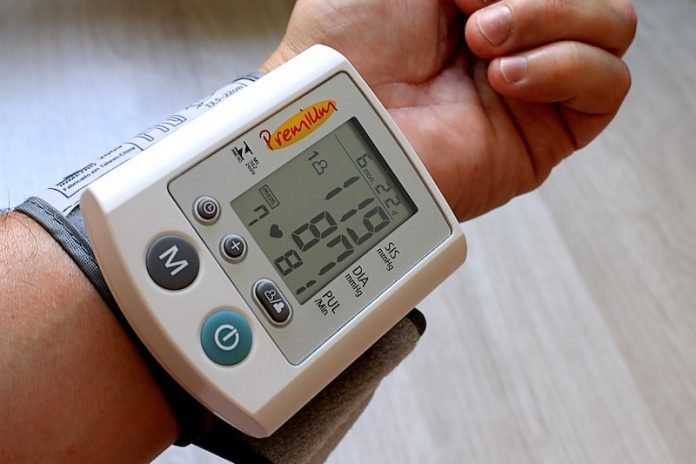
In a recent study, researchers found that in people with weak grip strength, high blood pressure is not linked to high death risk.
The study examined nearly 7,500 Americans age 65 or older.
Previous research has found that the link between high blood pressure and death risk is mainly determined by patients’ frailty like walking speed.
Grip strength is easily measured by an inexpensive device known as a dynamometer. It is a common way to gauge functionality in the elderly.
In the study, the team found that high systolic blood pressure (150 or greater) and diastolic blood pressure (90 or greater) were linked to a higher likelihood of dying for those with normal grip strength.
Normal grip strength is 26 kilograms or more for men and 16 kilograms or more for women.
This shows that when an older person is still functioning at a high level physically, high blood pressure is linked to high mortality risk.
However, when the person is not physically robust, high blood pressure is not a marker for mortality risk.
In addition to the connection with weak grip strength, the team found there was a “very clear” inverse association between high blood pressure and mortality among those who weren’t physically able to finish the gait-speed test.
The finding is very important because it supports the idea that treating high blood pressure in older people cannot follow a one-size-fits-all approach.
If people are very frail, they may not respond well to high blood pressure therapy, and they may not benefit from having low blood pressure.
Doctors should consider an elderly patient’s level of physical function when determining whether anti-hypertensive therapy is beneficial.
The study is published in the Journal of the American Geriatrics Society.
Copyright © 2019 Knowridge Science Report. All rights reserved.



